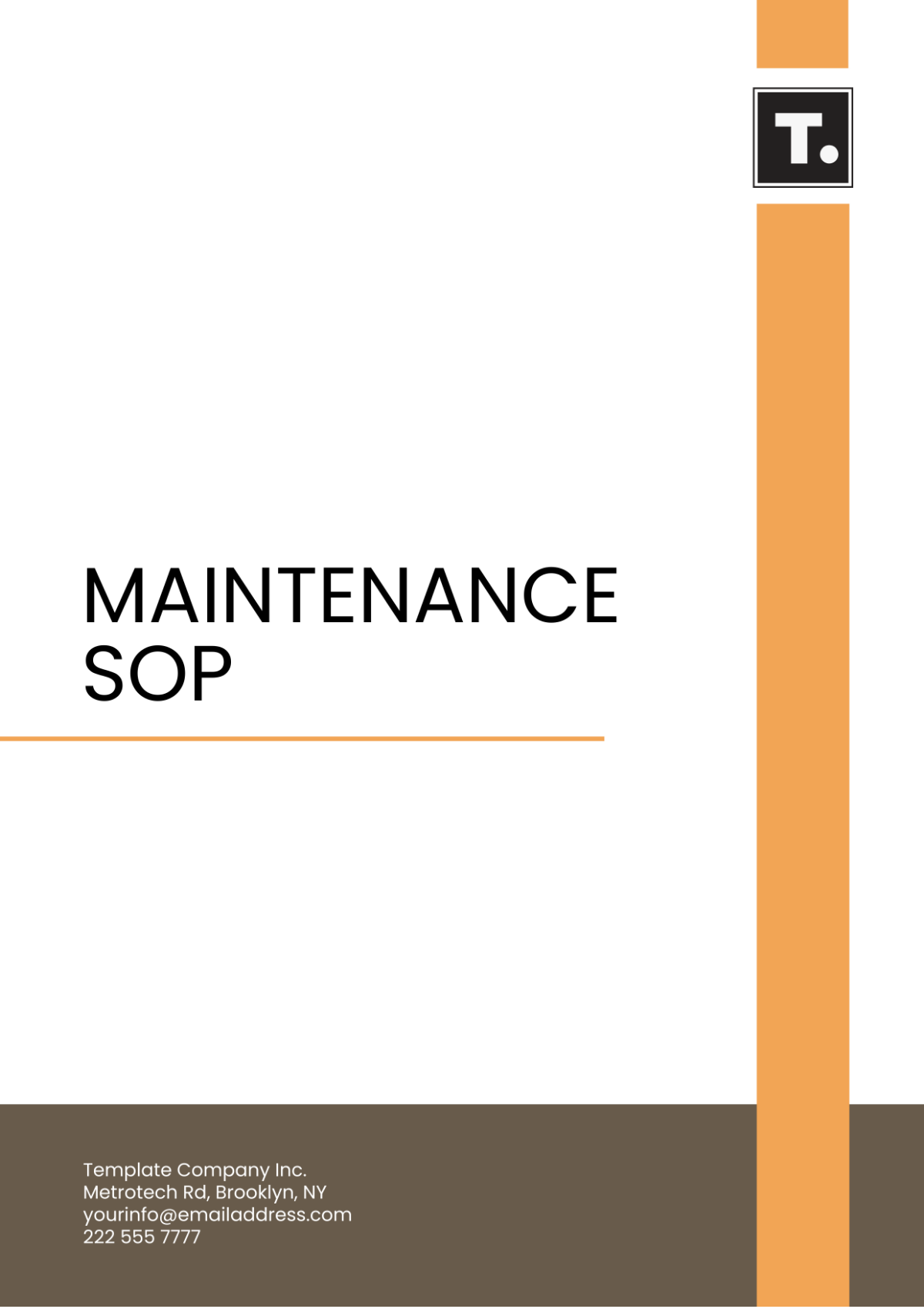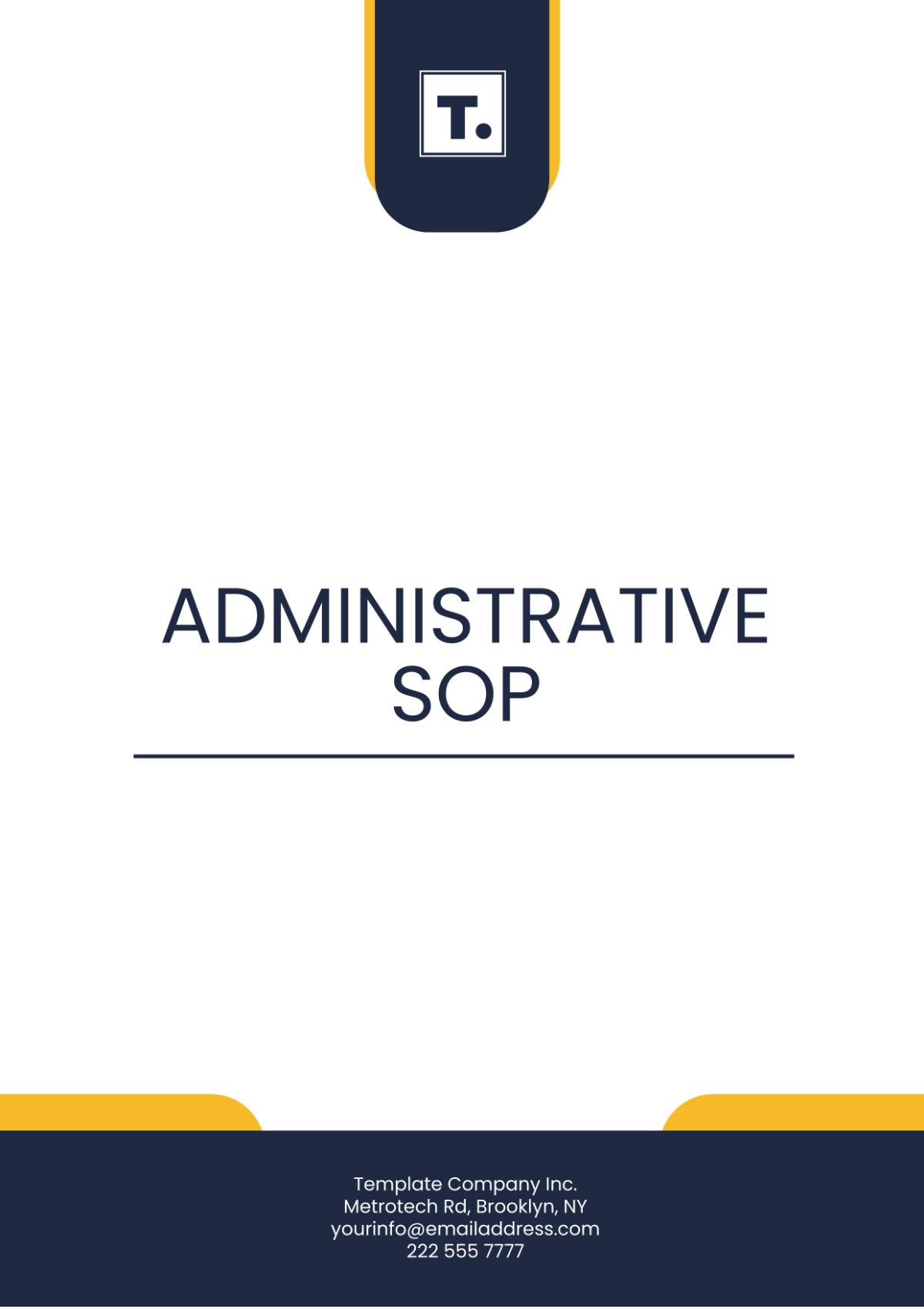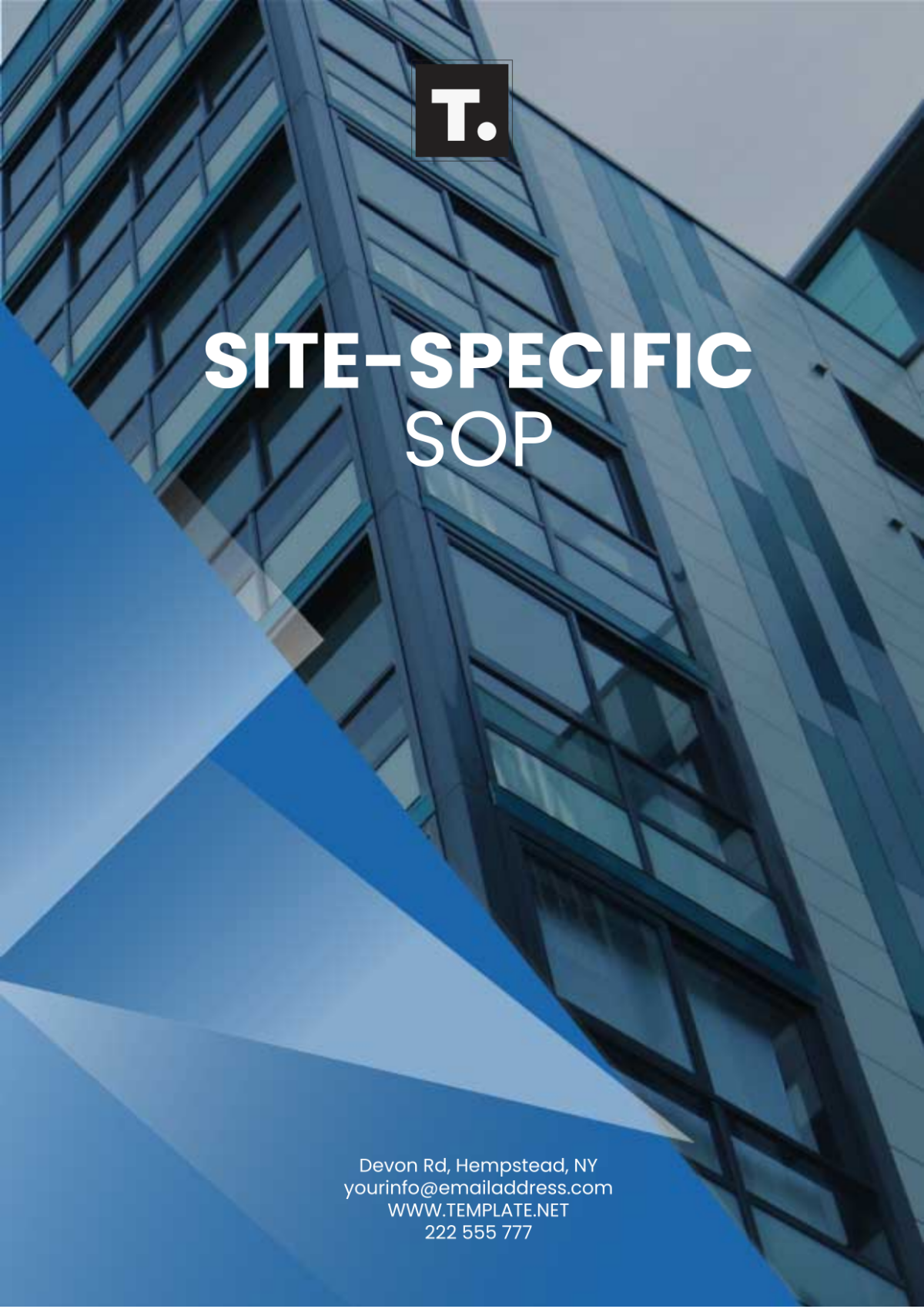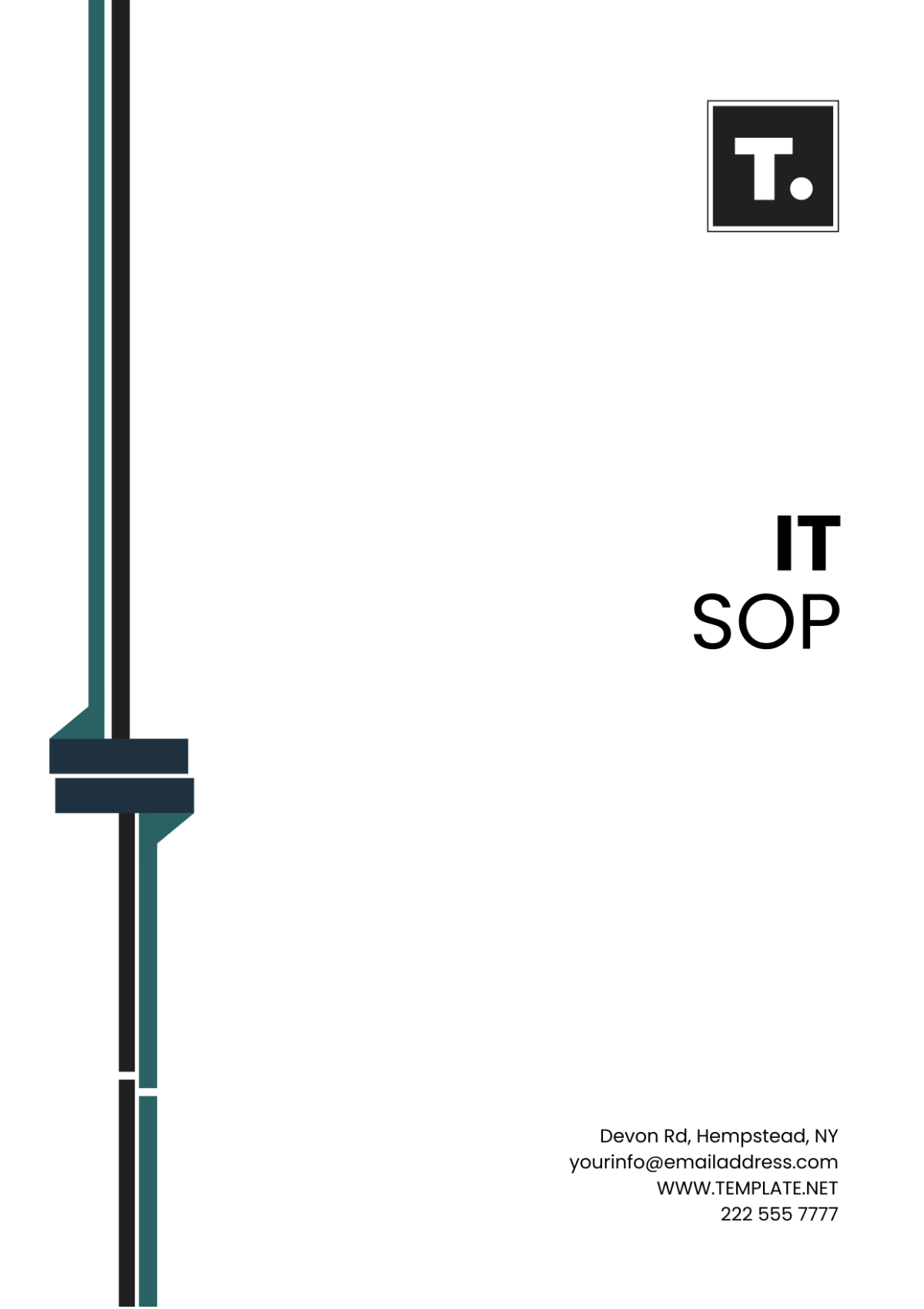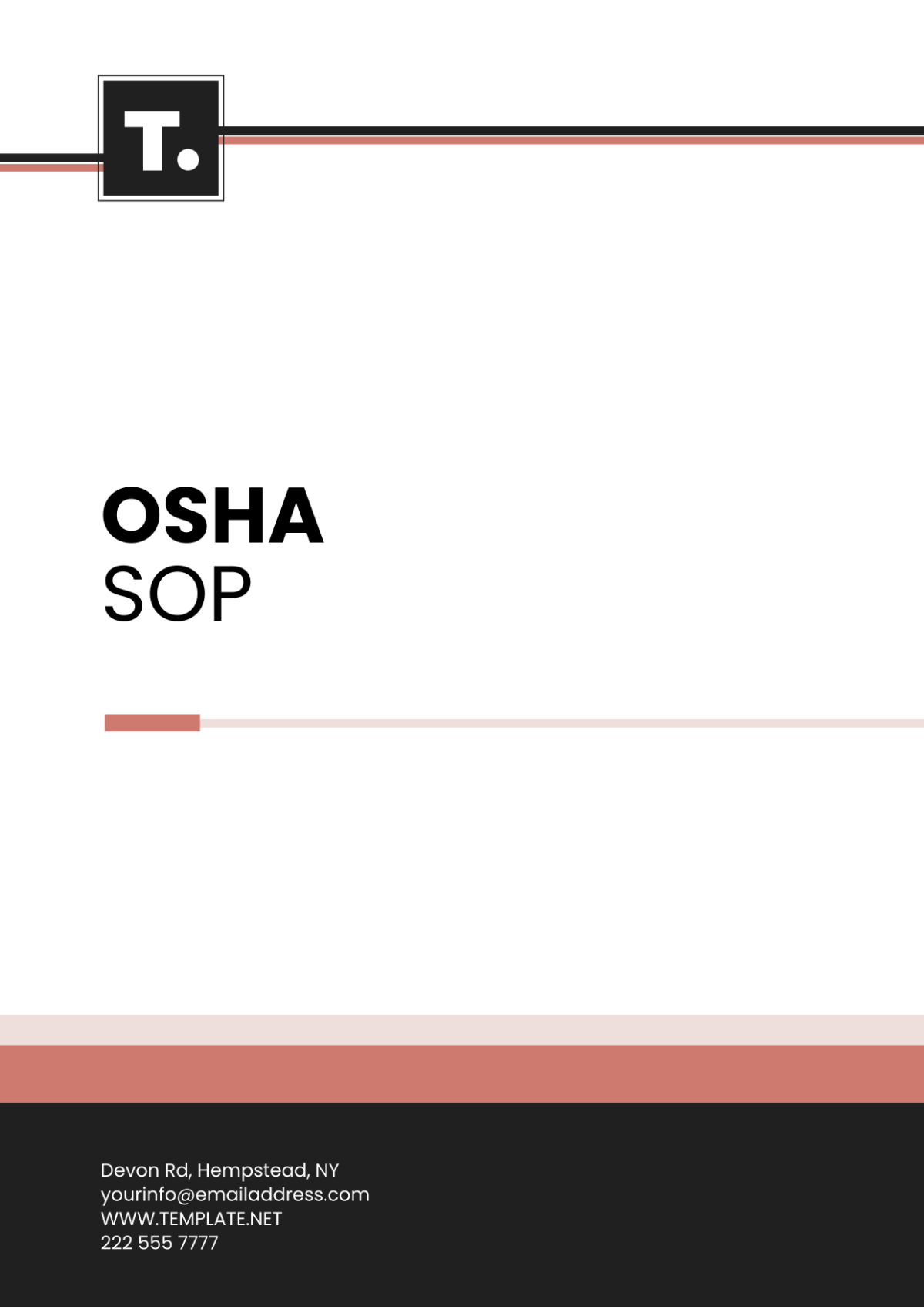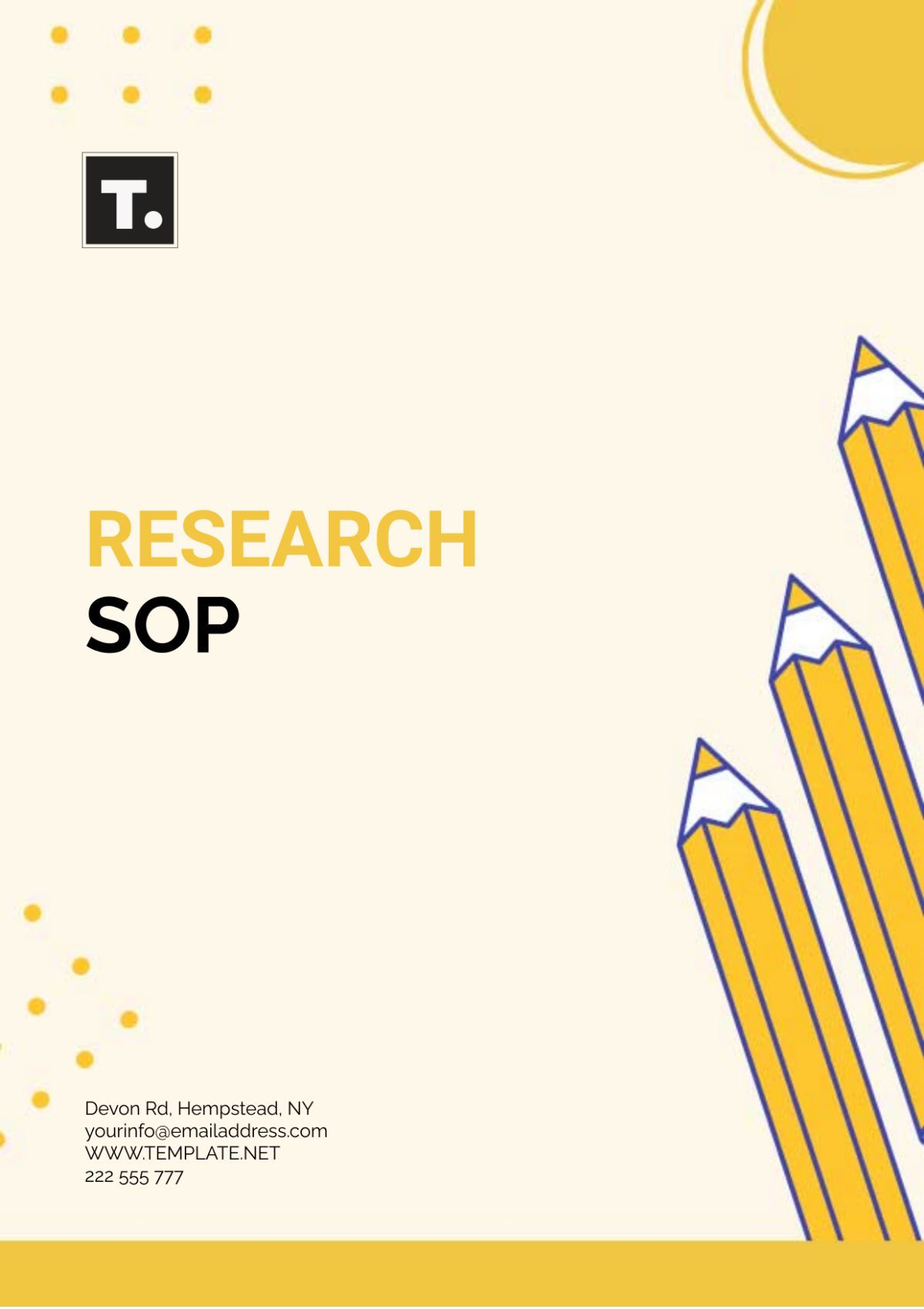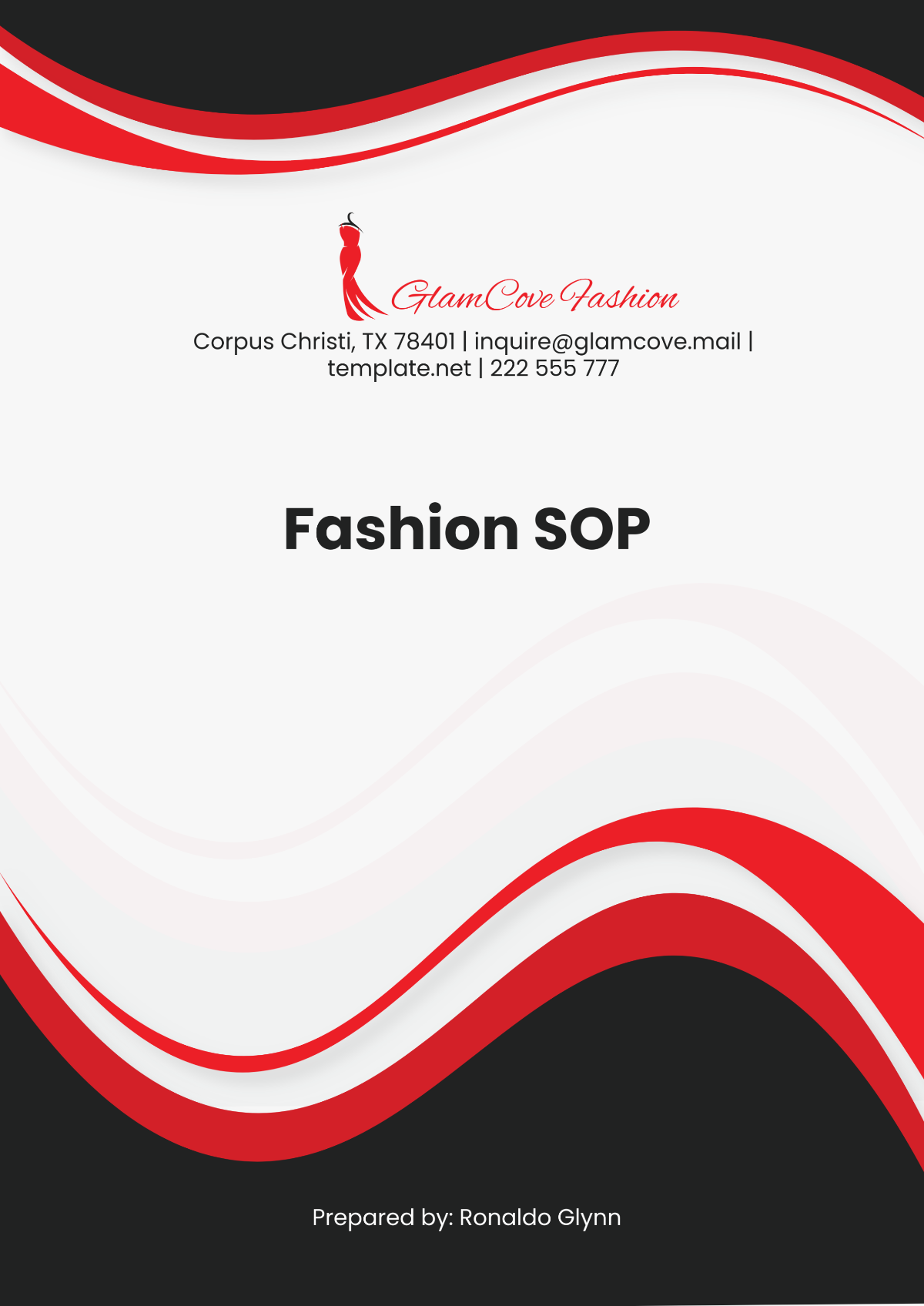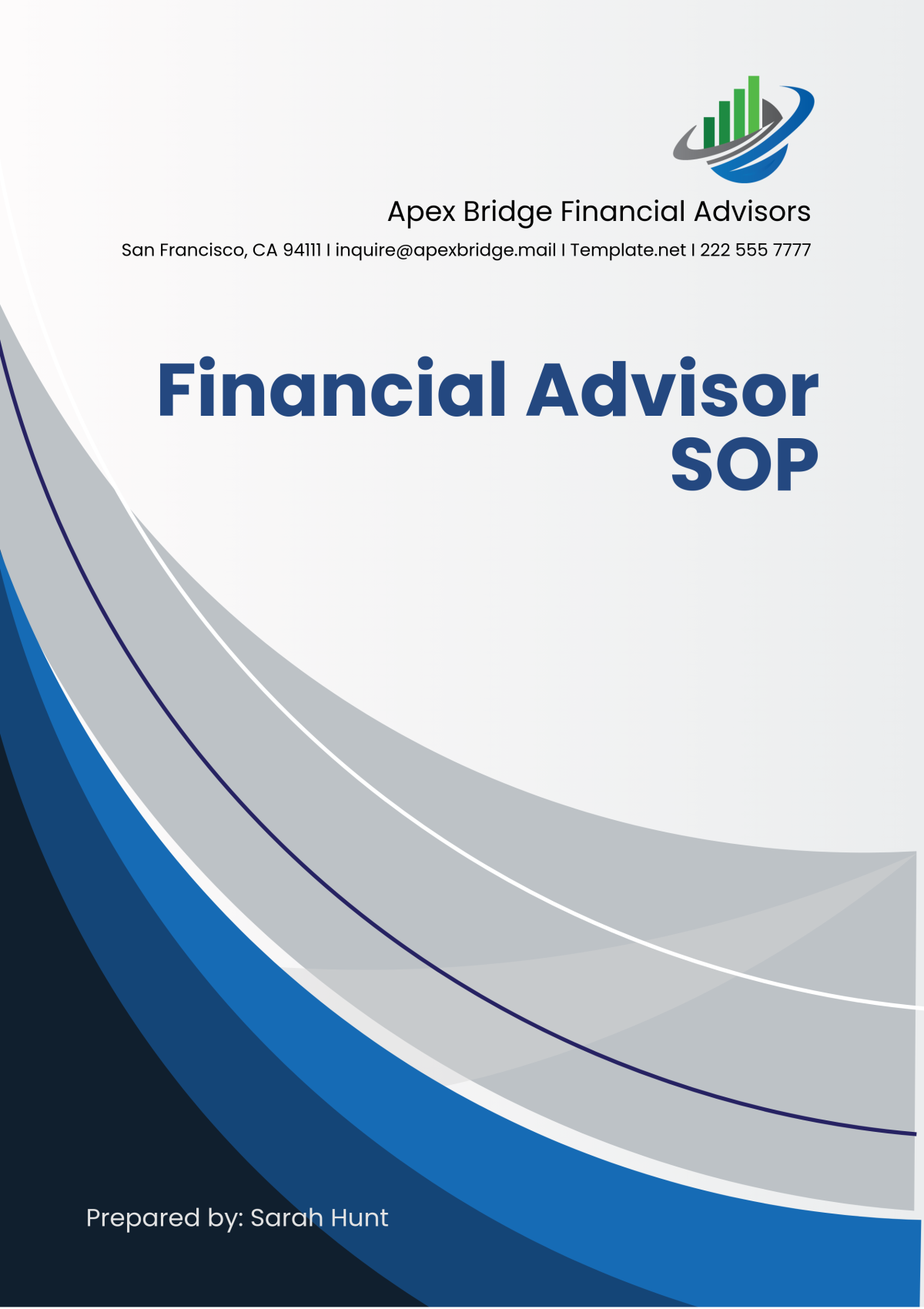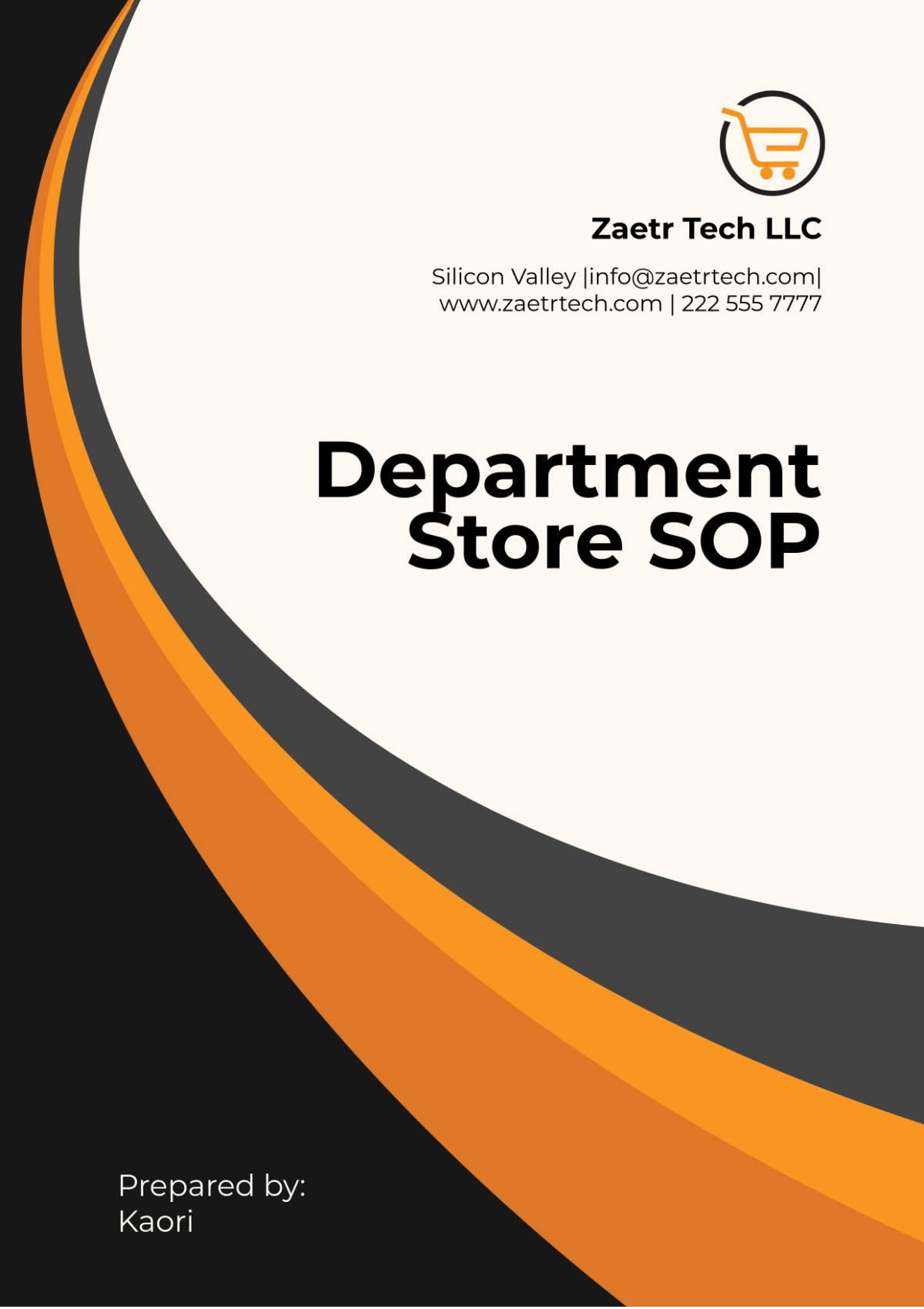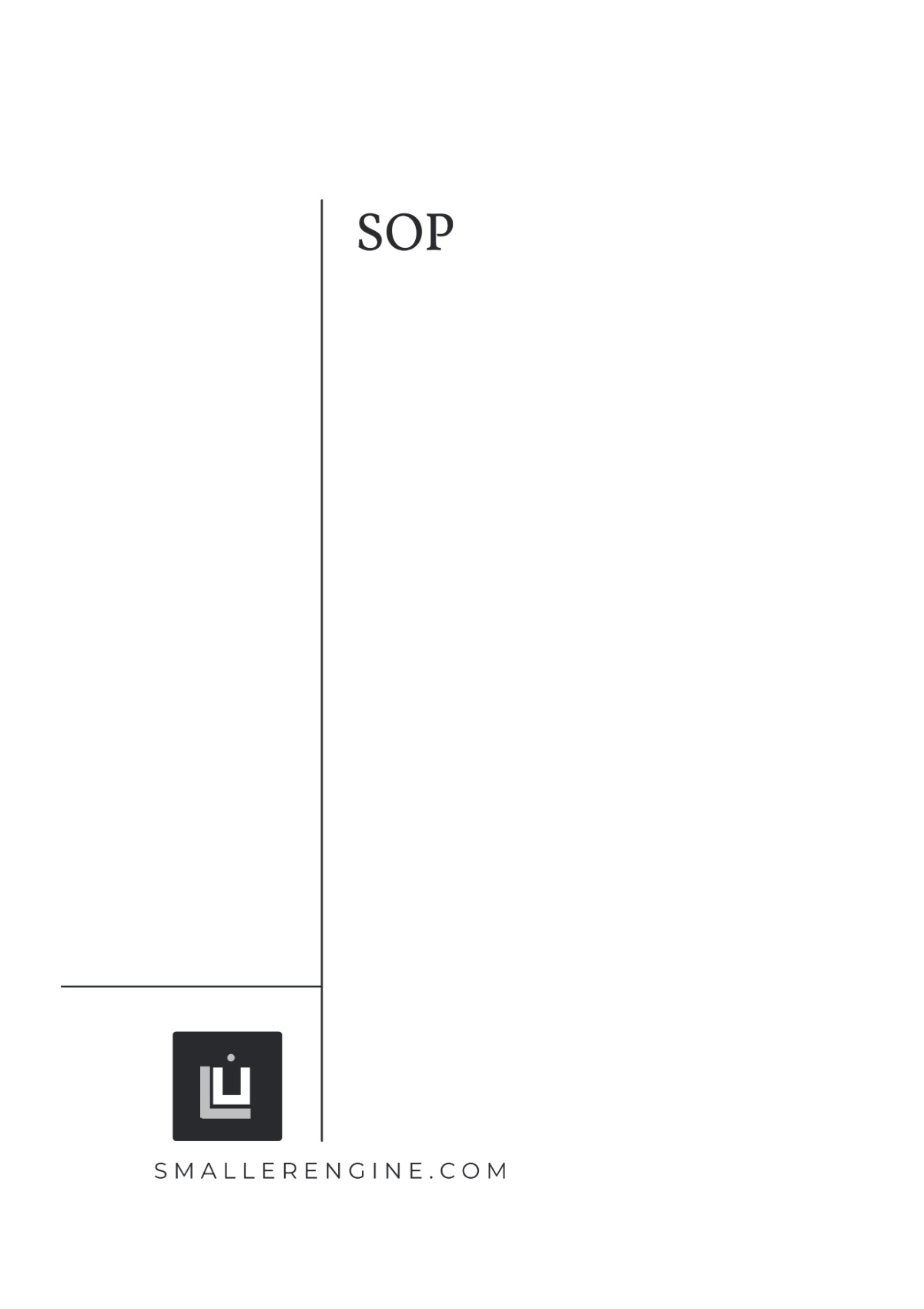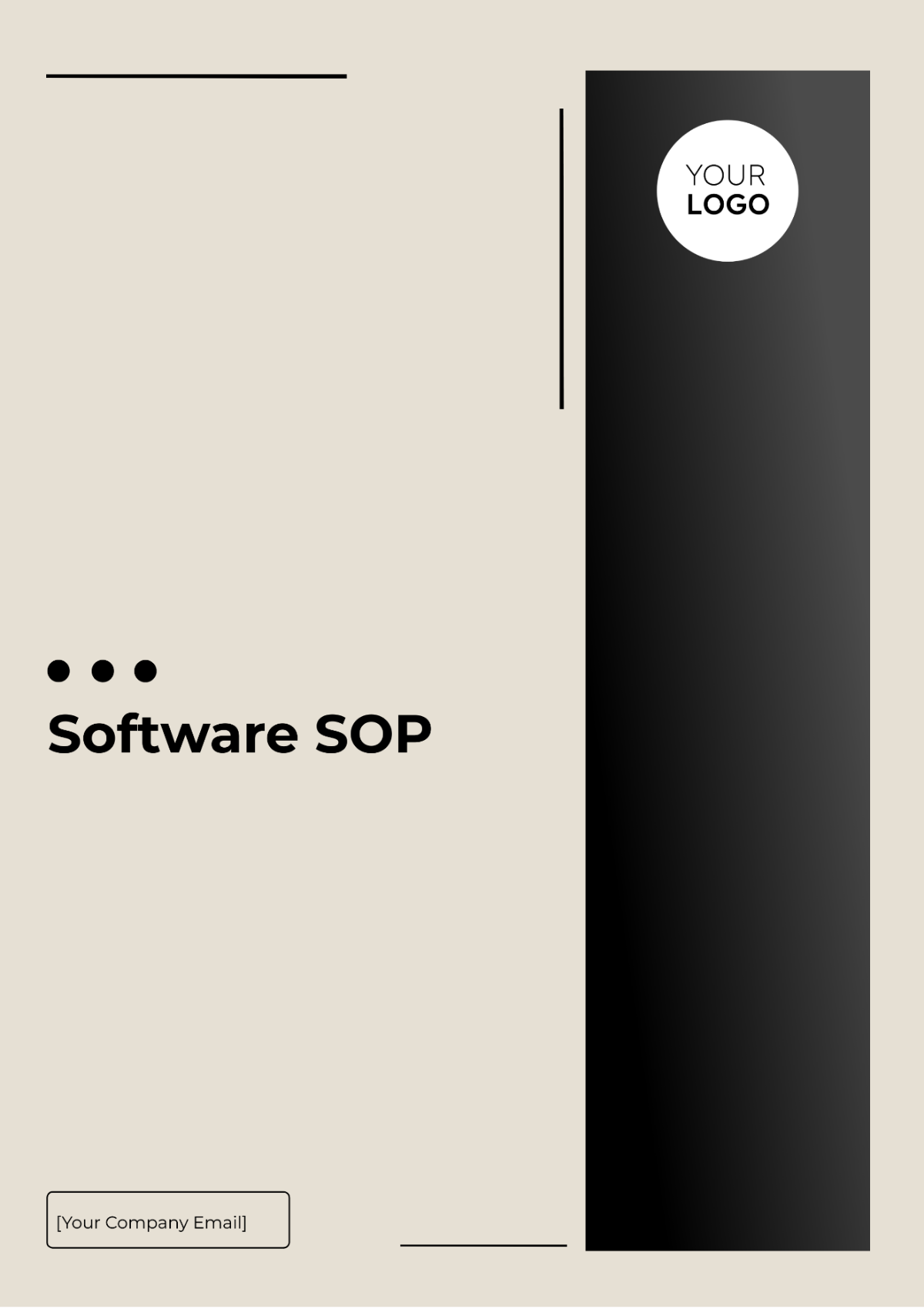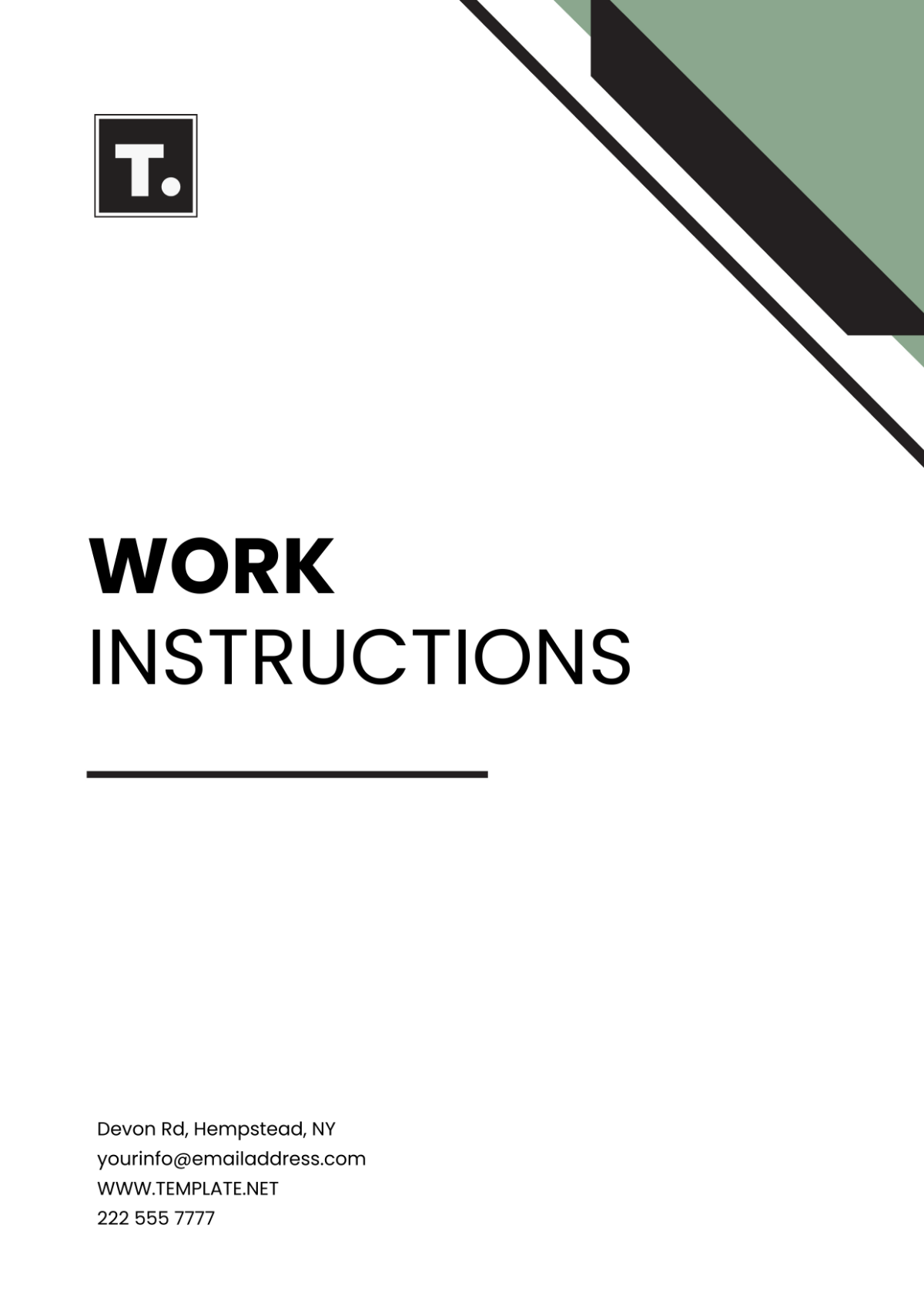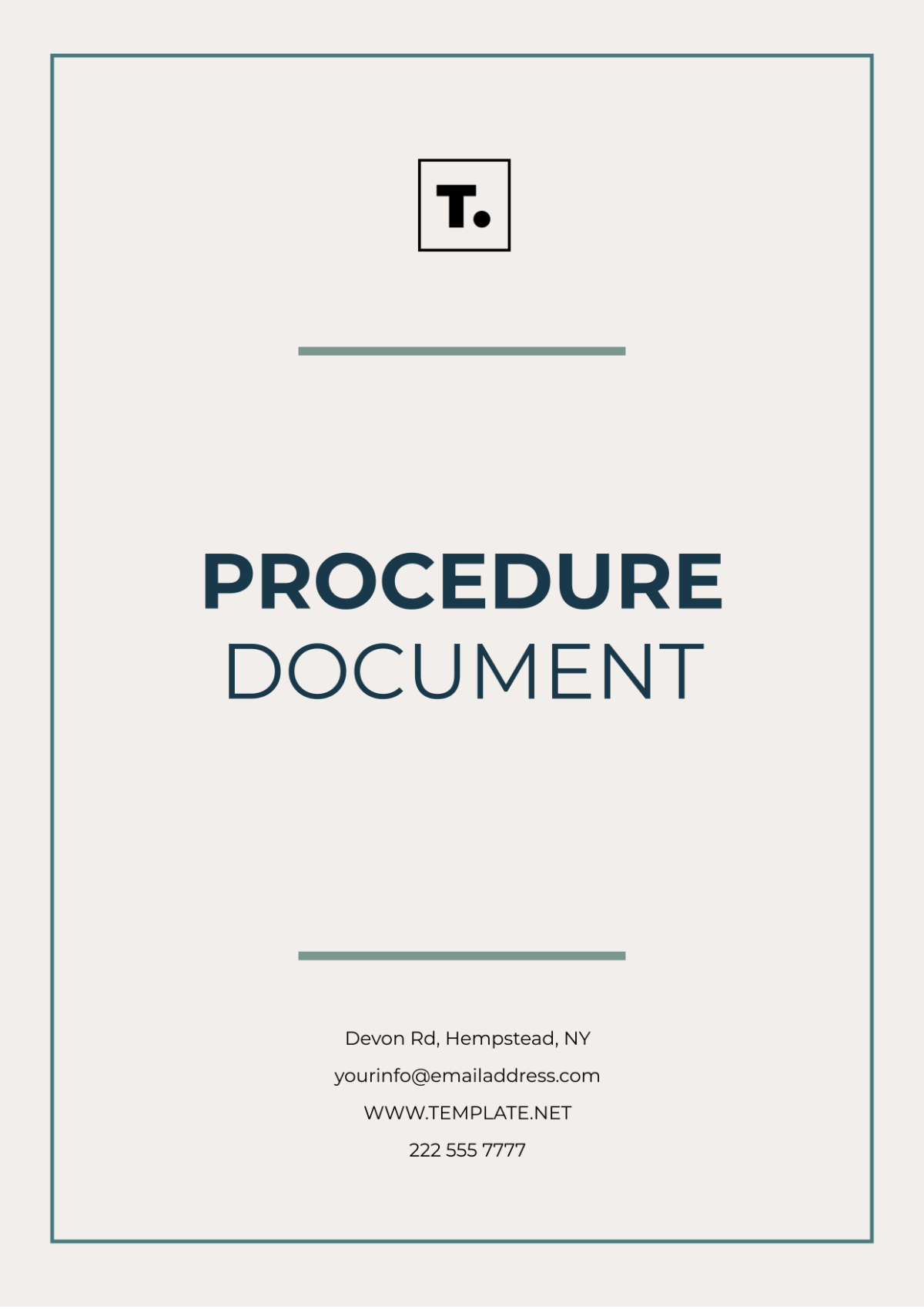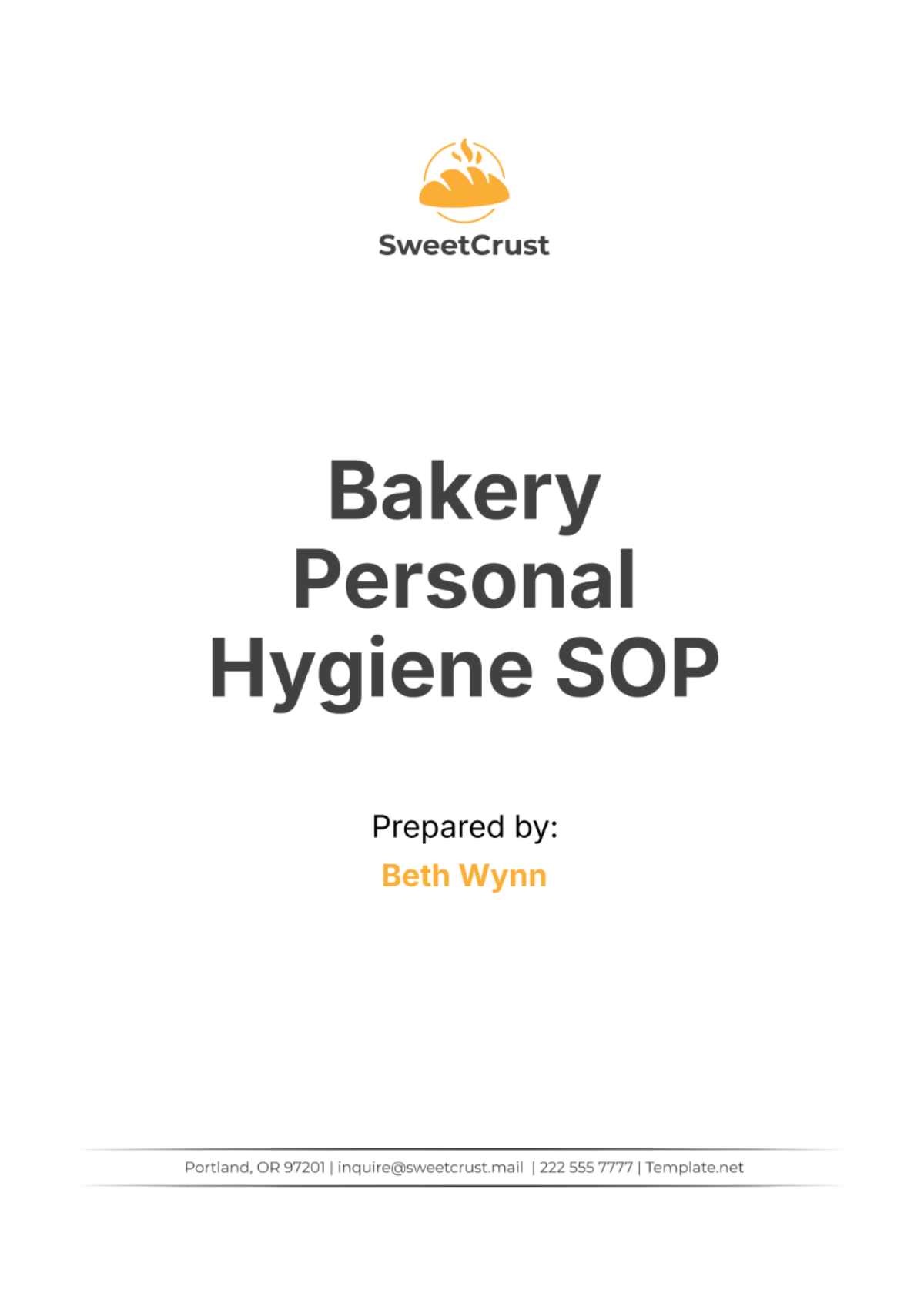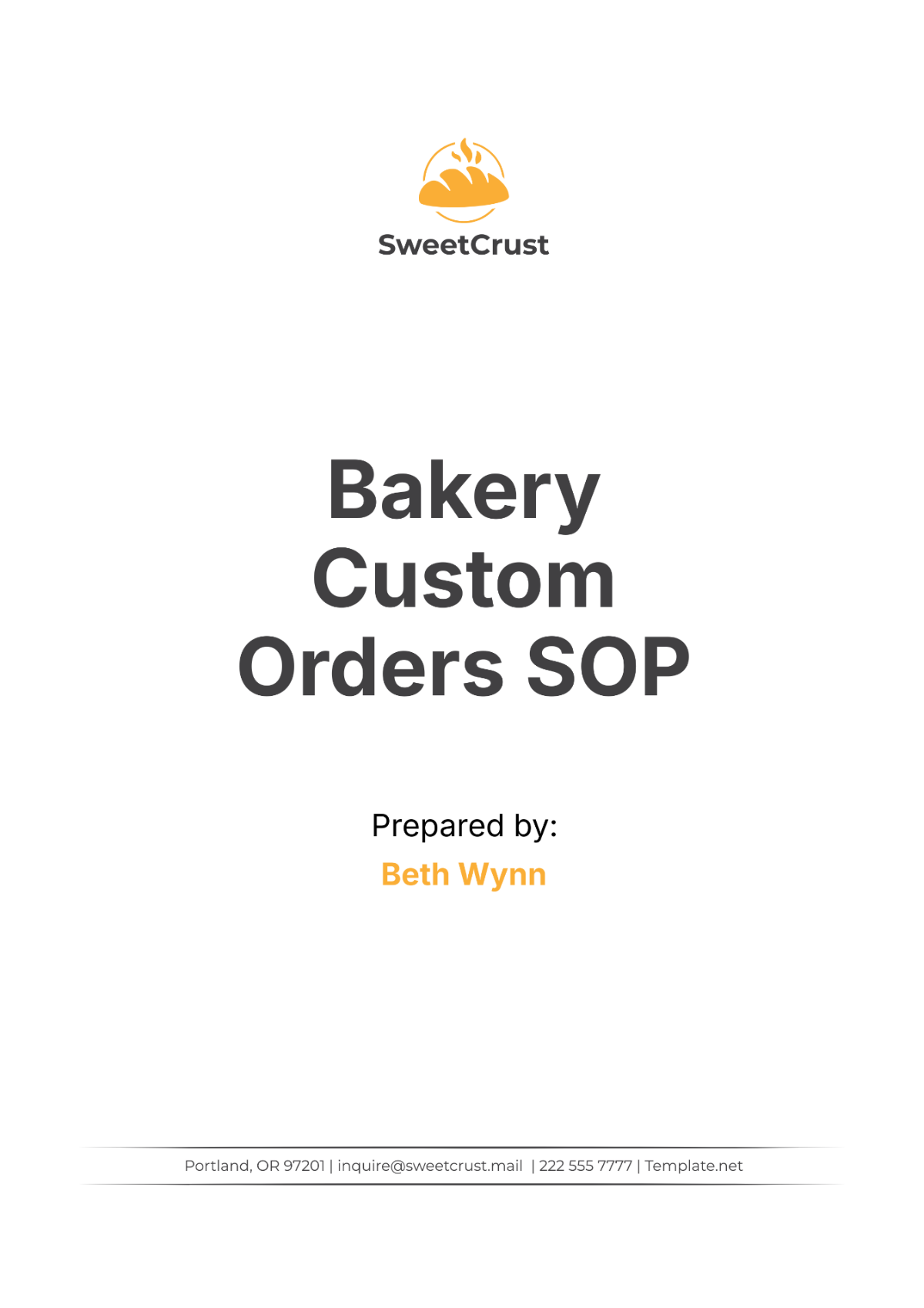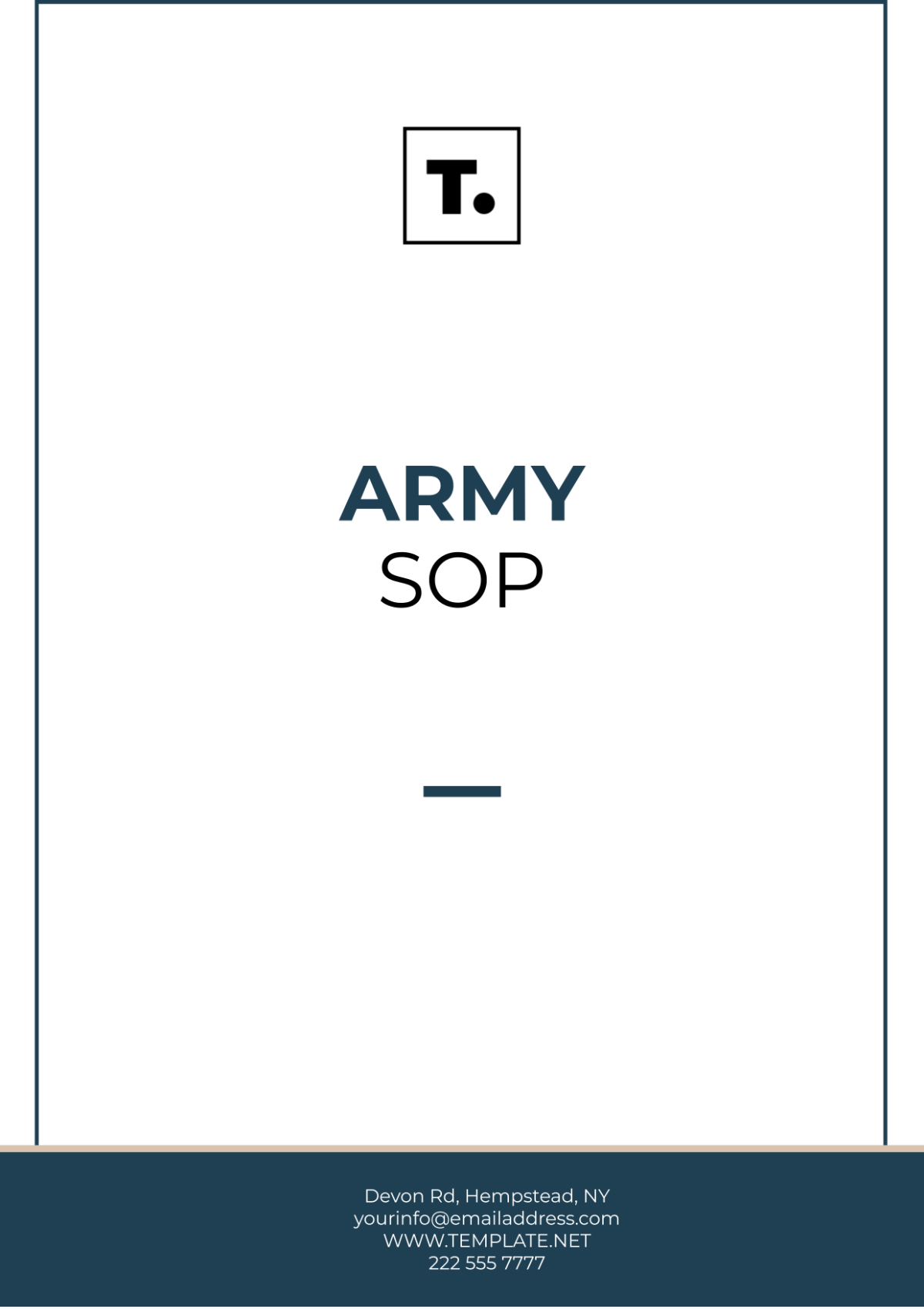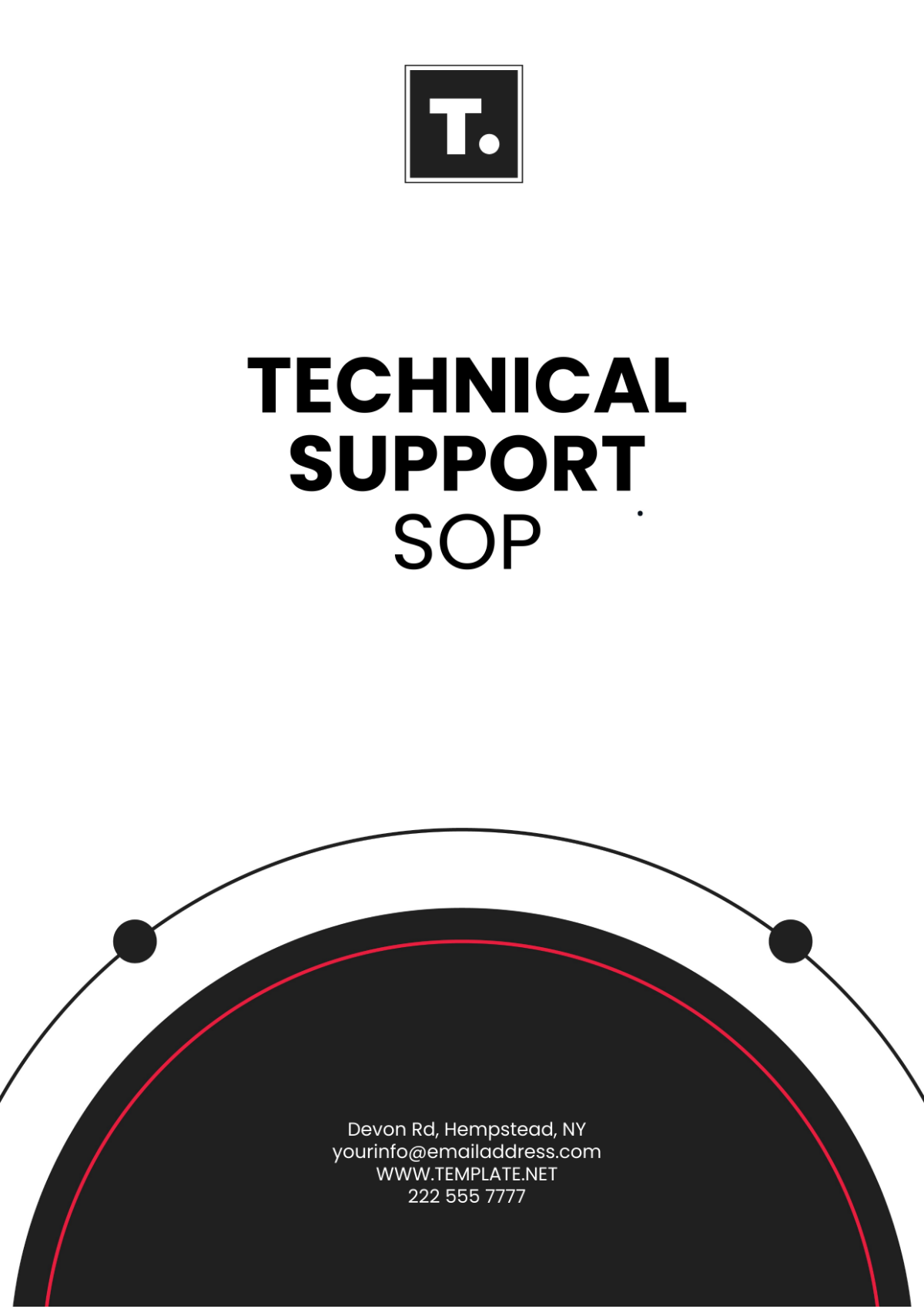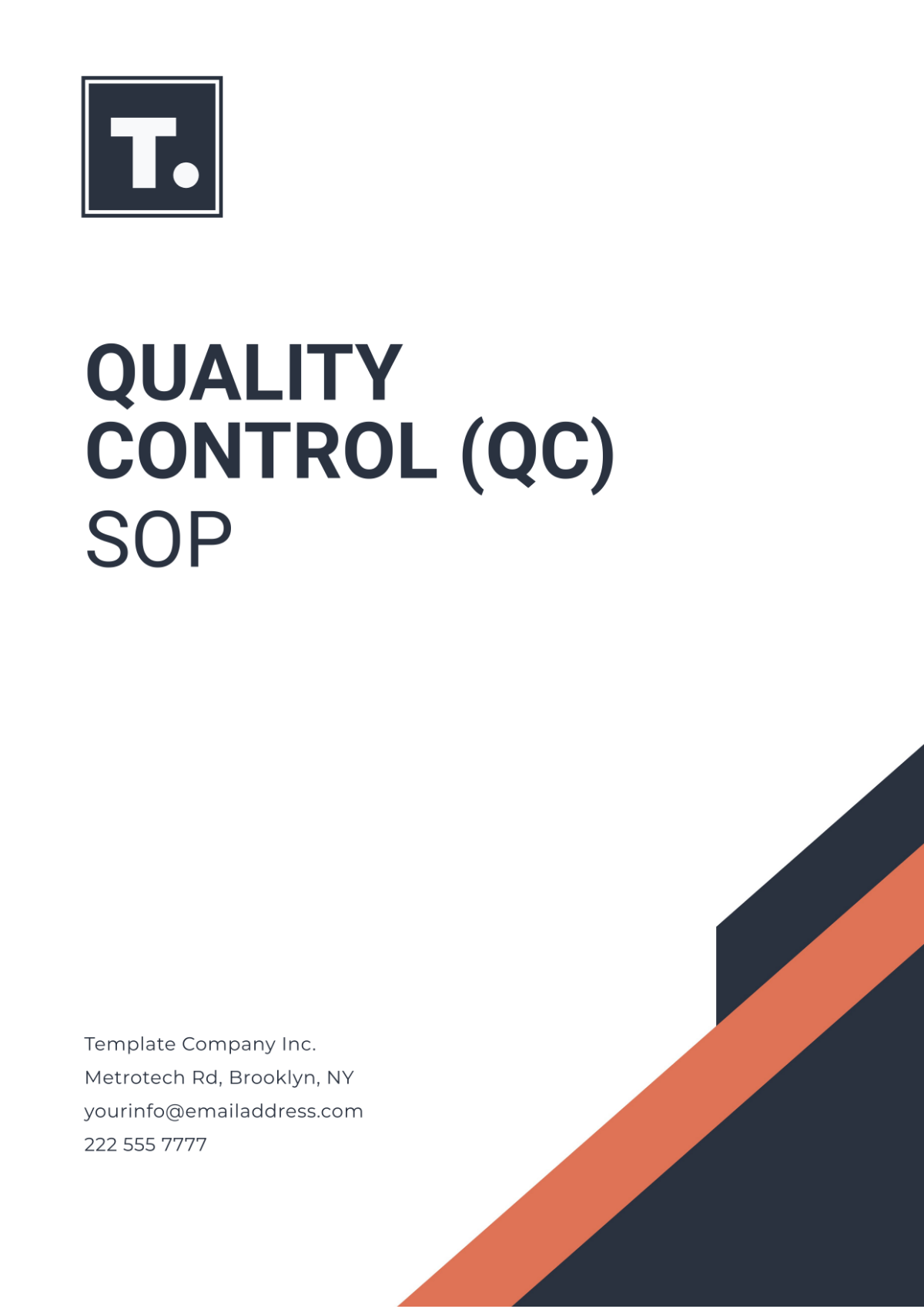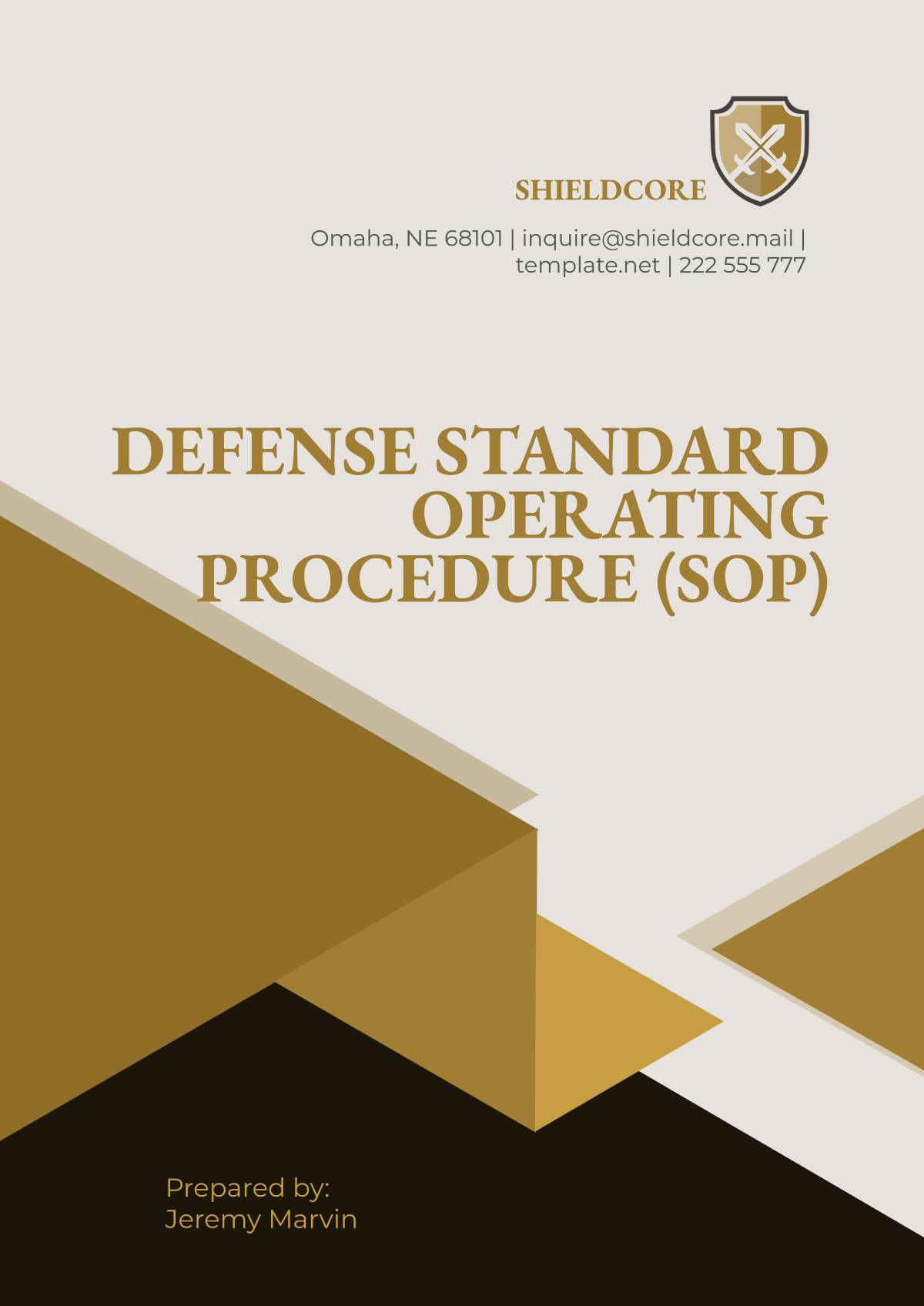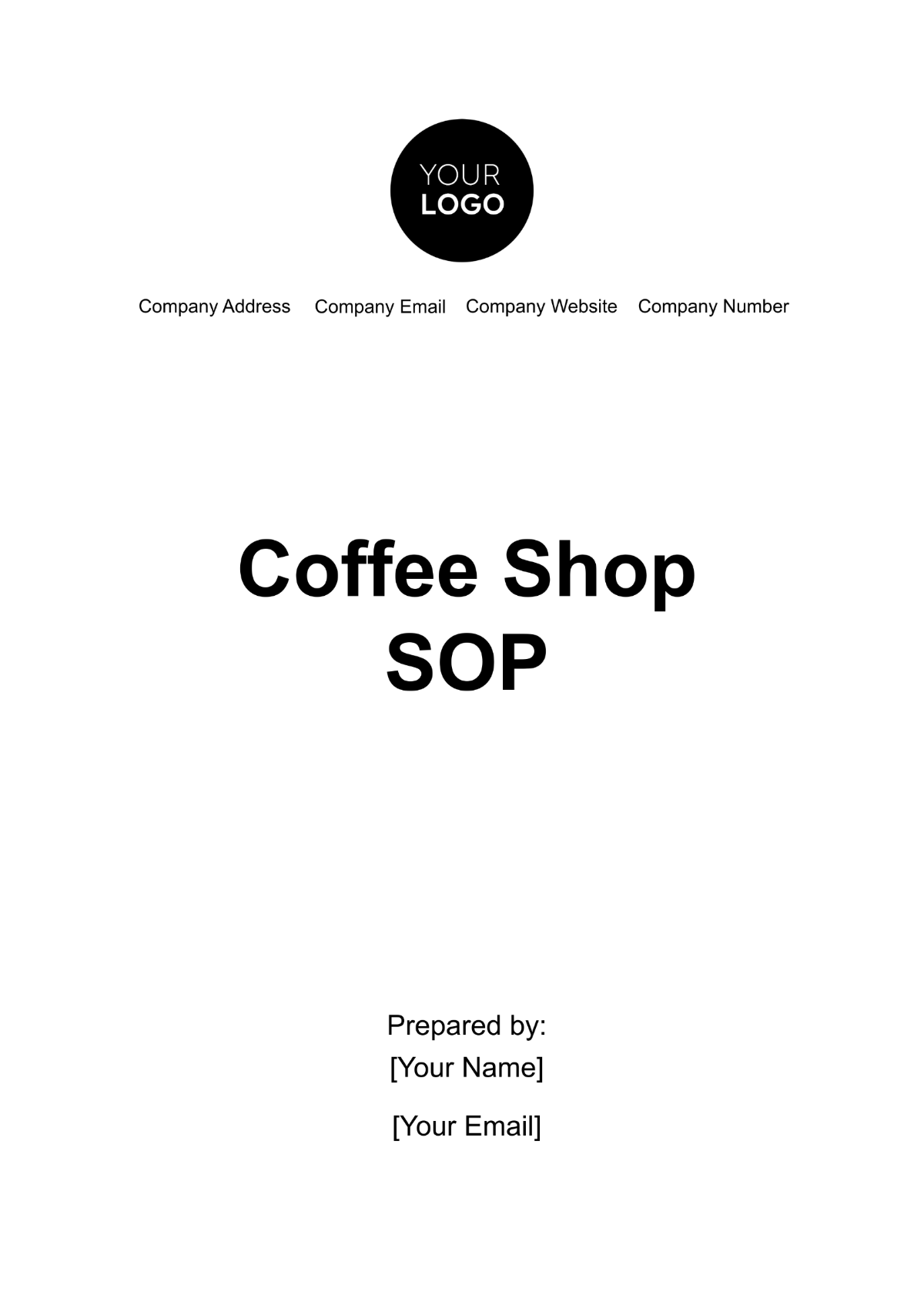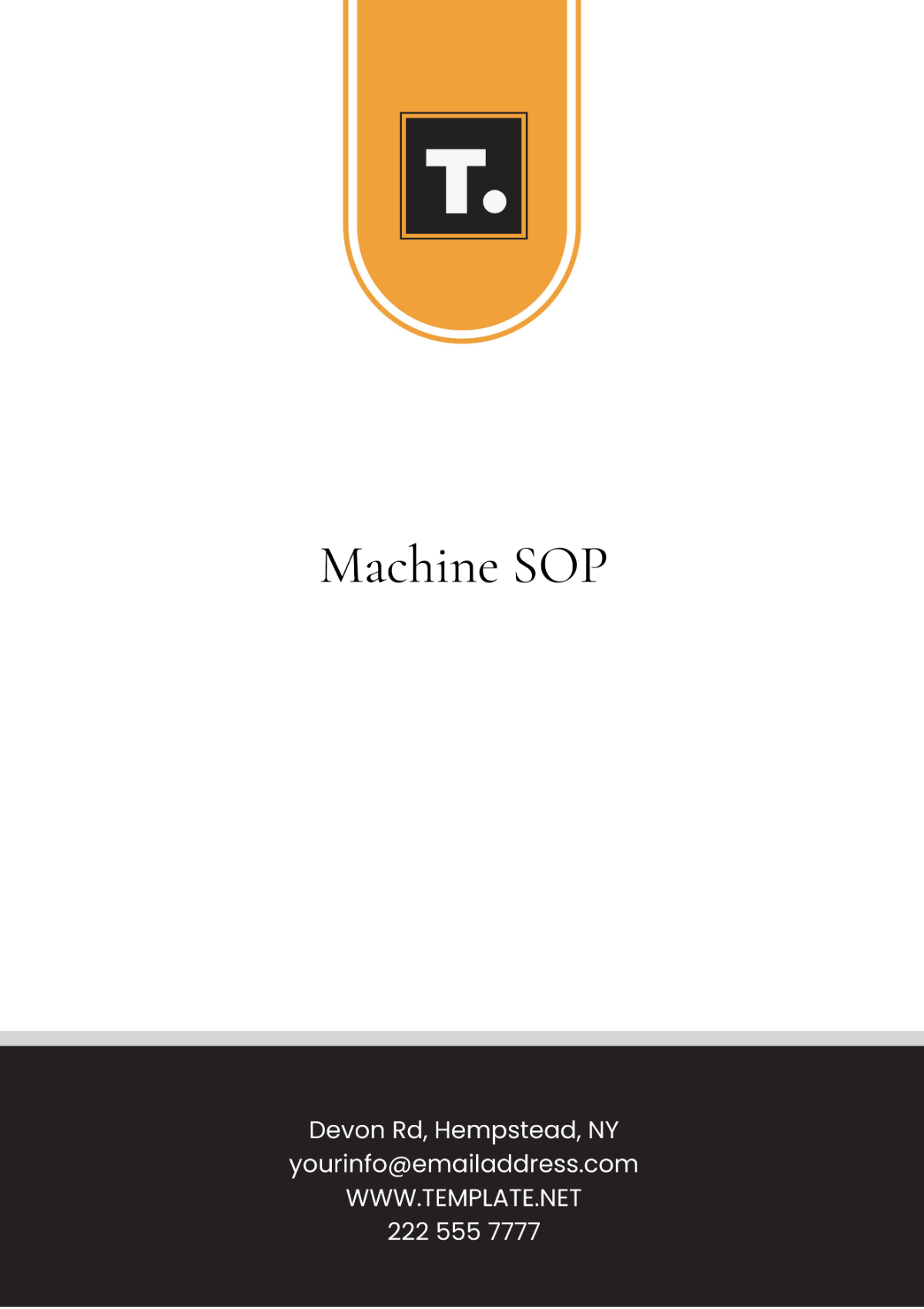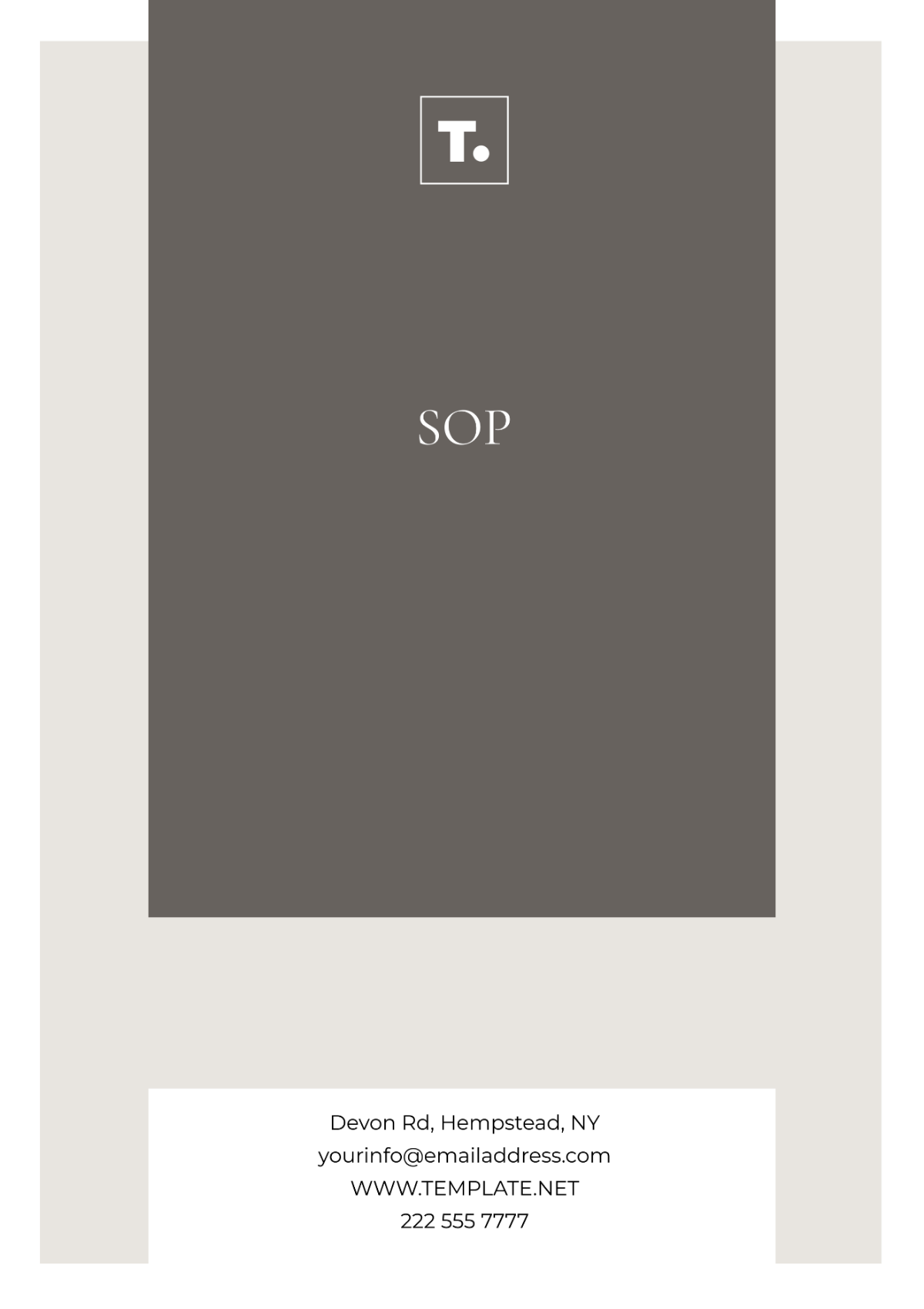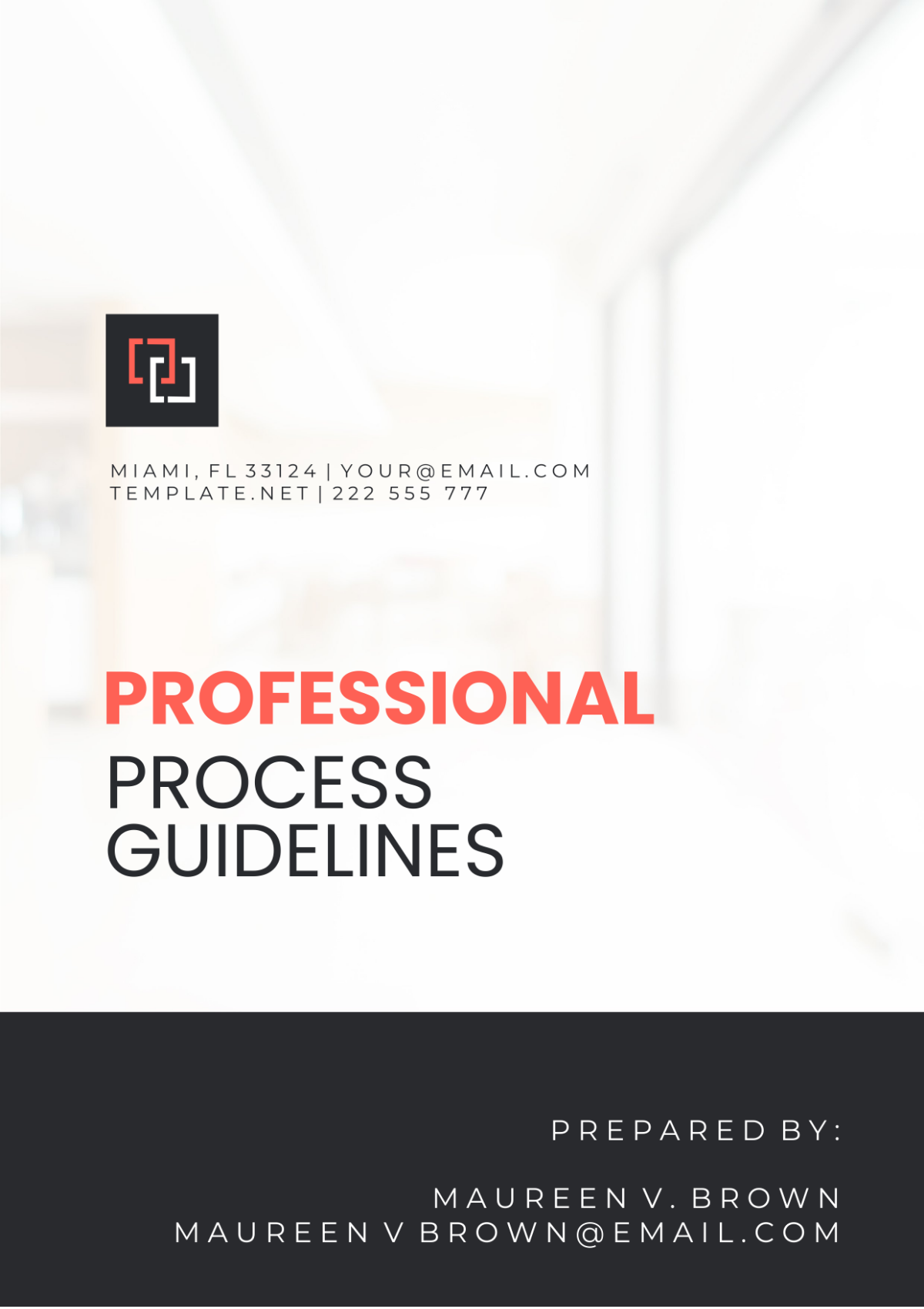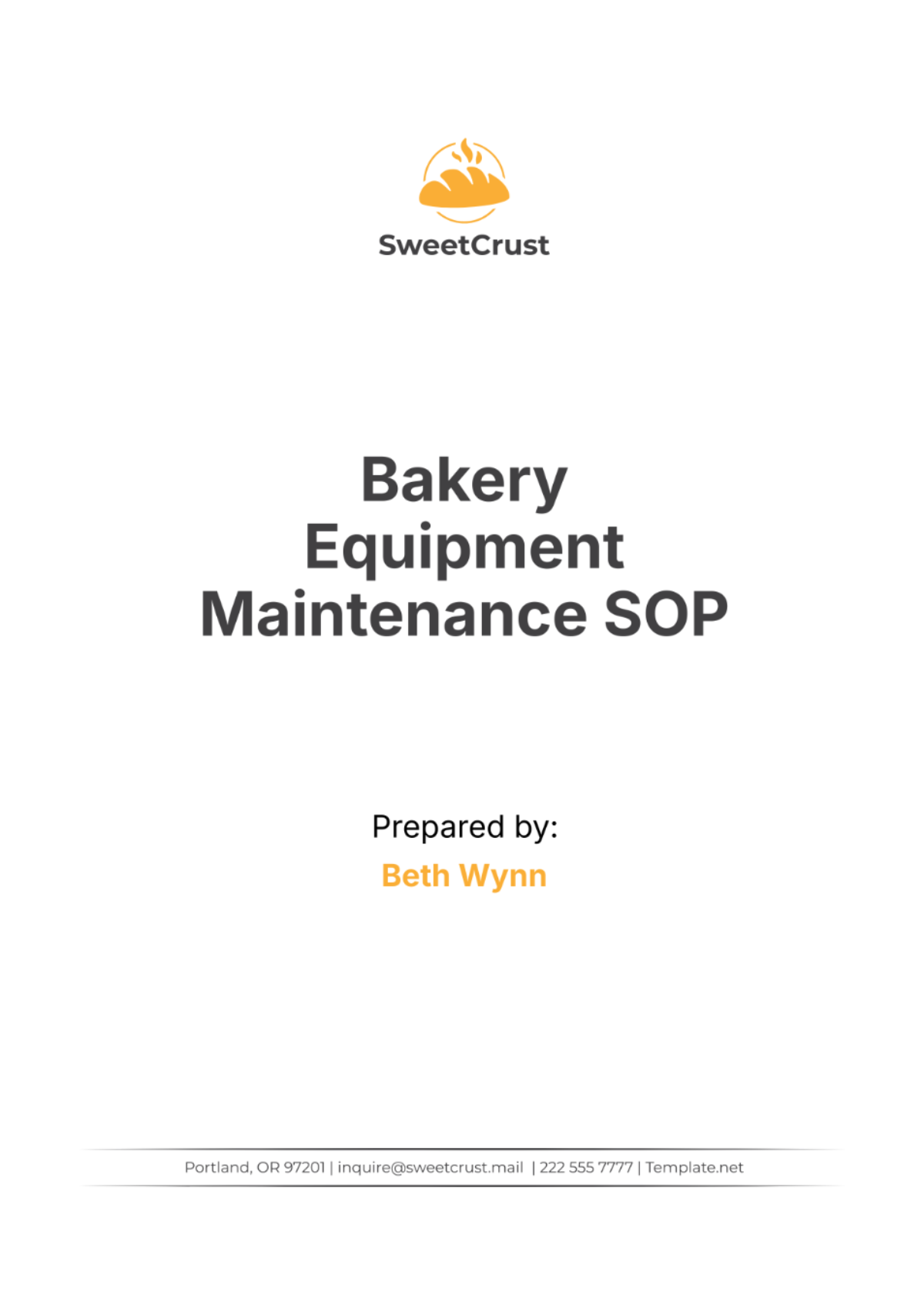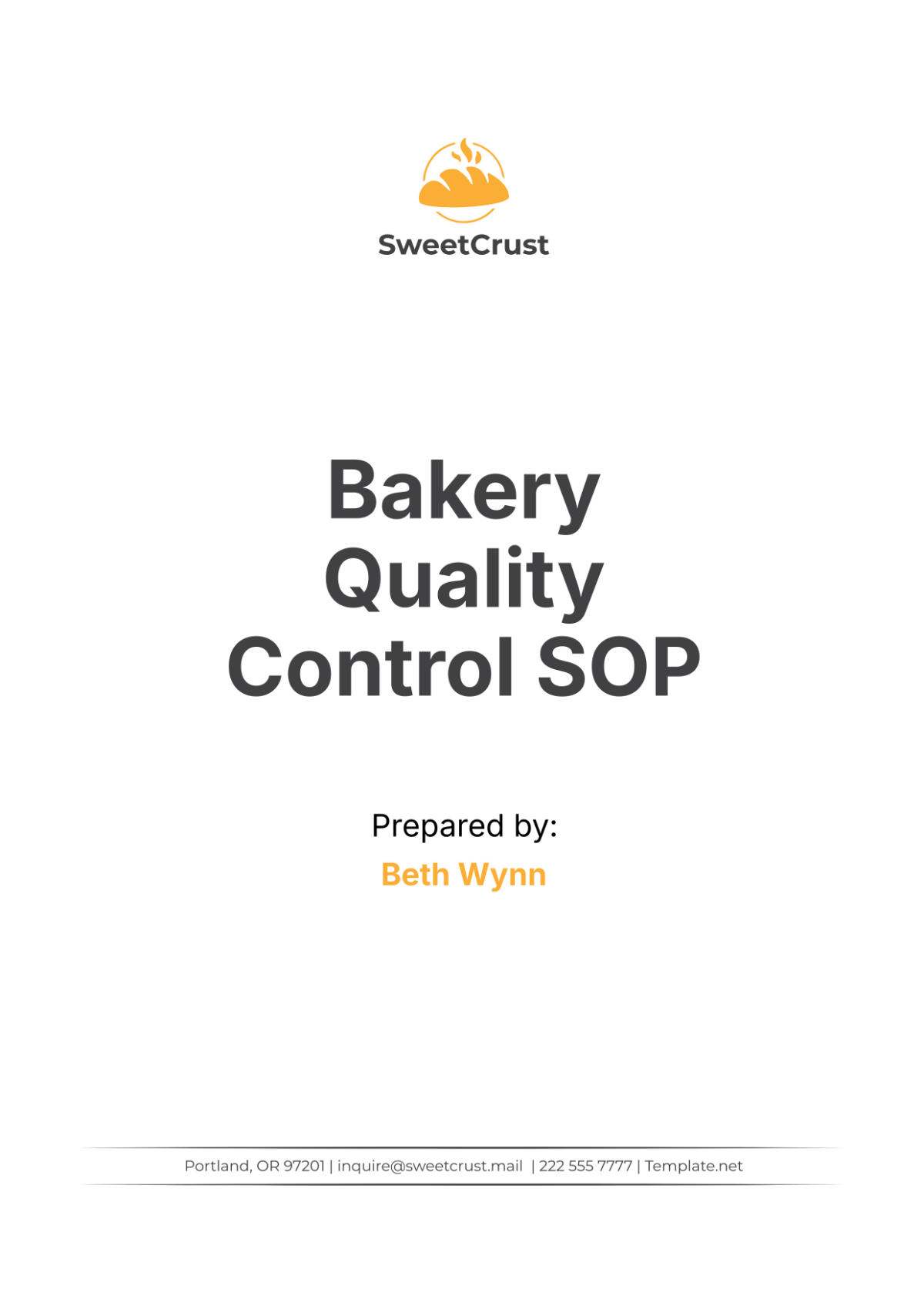Engineering SOP
I. Purpose
The purpose of this Engineering Standard Operating Procedure (SOP) is to support continuous improvement initiatives by identifying opportunities to optimize engineering processes and procedures. This SOP aims to provide a standardized framework for engineering activities within the organization to enhance efficiency, quality, and safety.
II. Scope
This SOP applies to all engineering personnel involved in the design, development, testing, and maintenance of products and systems within [Your Company Name]. It encompasses all engineering disciplines and activities carried out within the organization.
III. Responsibilities
Engineering Manager: Overall responsibility for overseeing the implementation and adherence to this SOP. Ensure that adequate resources are allocated for continuous improvement initiatives.
Engineering Team: Responsible for following the procedures outlined in this SOP, identifying opportunities for optimization, and actively participating in continuous improvement efforts.
Quality Assurance: Collaborate with engineering teams to ensure that quality standards are met throughout the engineering process.
IV. Definitions
Engineering Process: The systematic series of steps followed to design, develop, and maintain products or systems.
Optimization: The process of making engineering processes more efficient and effective.
Continuous Improvement: The ongoing effort to enhance processes, products, or services incrementally over time.
Standard Operating Procedure (SOP): A documented procedure outlining the steps to be followed in a particular activity.
V. Materials
Engineering software tools (e.g., CAD software, simulation tools)
Testing equipment
Prototyping materials
Safety gear and personal protective equipment (PPE)
VI. Procedures
Identification of Opportunities: Engineering teams are encouraged to continuously evaluate existing processes to identify areas for improvement.
Data Collection: Gather relevant data related to the performance of current processes.
Analysis: Analyze data to identify bottlenecks, inefficiencies, or areas for optimization.
Brainstorming: Engage team members in brainstorming sessions to generate ideas for improvement.
Implementation: Implement changes or optimizations based on the analysis and brainstorming sessions.
Monitoring and Evaluation: Regularly monitor the effectiveness of implemented changes and evaluate their impact on process performance.
Documentation: Document all changes made to processes and procedures for future reference.
VII. Safety Precautions
Prioritize safety in all engineering activities.
Ensure compliance with relevant safety regulations and standards.
Provide adequate training on the safe use of equipment and materials.
VIII. Quality Control
Conduct regular quality inspections throughout the engineering process to ensure that products or systems meet quality standards.
Implement corrective actions to address any quality issues identified during inspections.
IX. Problem-Solving
Establish a systematic approach to troubleshooting engineering issues.
Encourage collaboration among team members to identify root causes and develop effective solutions.
X. Revision History
Revision | Description | Effective Date | Approved By |
|---|---|---|---|
1.0 | Initial Release | [Date] | [Your Name] |
1.1 | Updated procedures for data collection | [Date] | [Your Name] |
XI. Approval
This Engineering Standard Operating Procedure (SOP) has been reviewed and approved by:

[Supervisor's Name]
[Date]


